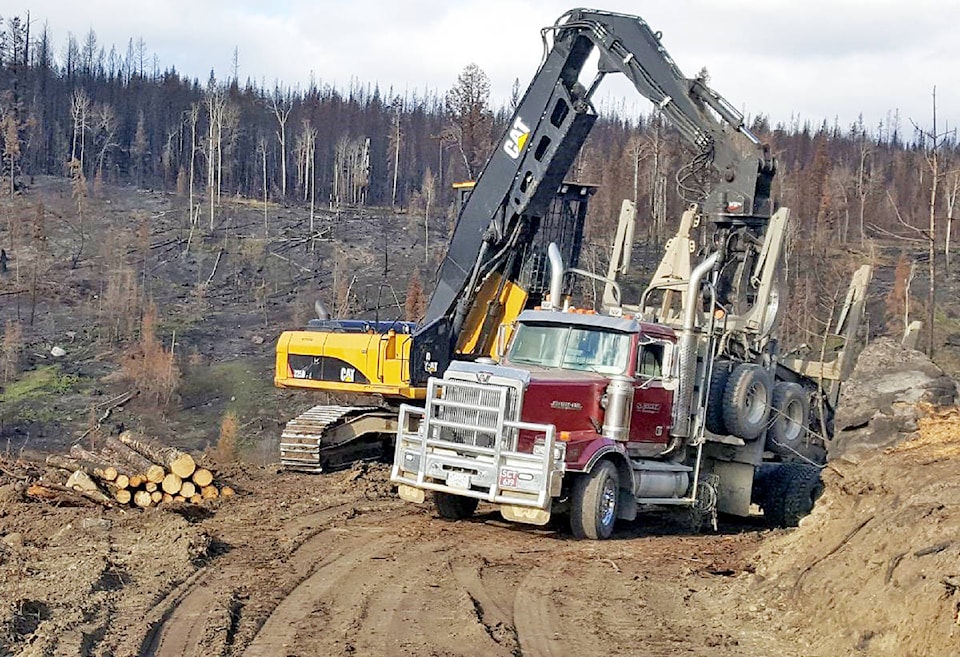Mark RUNGE
Special to the Tribune
National Forestry Week is a time to celebrate our forestry heritage in this country and highlight our stewardship of the forests which are the basis for the economy and our lifestyles that we enjoy in communities like Williams Lake.
West Fraser plays a big role in the stewardship in these forests: this summer we participated in a new strike team concept along with the other licensee groups working with the BC Wildfire Service.
The concept was to have cohesive and agile teams of line locators, contractor equipment and leadership by staff to quickly ribbon out and have equipment low bedded to the fire and construct fire guards to allow BCWFS staff to put pumps and hose onto the fires.
Using funding from the Forest Enhancement Society, we have sponsored a fuel break project in the Anahim Lake area.
The objective is to clear ladder fuels through cutting, piling and burning in a zone between the community and Tweedsmuir Park to help slow down wildfires that might originate from the Park, employing community members to do so.
We’ve been busy harvesting the timber burned in the 2017 forest fires and have committed to replacing the burned Douglas-fir timber with Douglas-fir seedlings.
Read More: COLUMNS: 2018 could be record year for Douglas Fir seed production
We have 1.2 million Douglas-fir seedlings growing in nurseries that will be planted in harvested burned areas of the Hanceville fire next spring.
This is a difficult task in these dry ecosystems, so we are using the most current forest science knowledge to prescribe and carry out site preparation for the seedlings that creates a trench that accumulates and stores moisture into the growing season and allows these seedlings to survive and thrive where they wouldn’t otherwise.
We have harvested 100,000 m3 of fir beetle infested Douglas-fir timber in 2018 so far. Our crews started probing Douglas-fir stands this summer and have been finding large numbers of infested trees again. We hope to start harvesting this wood in late October.
We continue to harvest Mountain Pine Beetle killed timber and are looking for ways to increase the value we get from these trees such as running the dead trees separately from the live trees through our sawmill to reduce the breakage of the dead pine logs and produce more lumber from each dead pine log.
Mark Runge is the woods manager for West Fraser Mills in Williams Lake
Do you have a comment about this story? email:
editor@wltribune.com
Like us on Facebook and follow us on Twitter.
